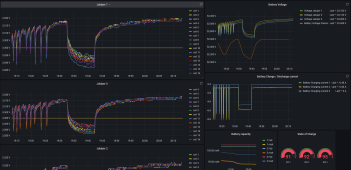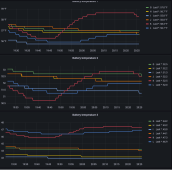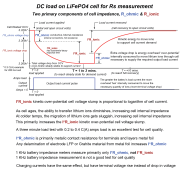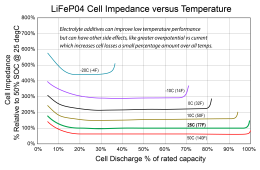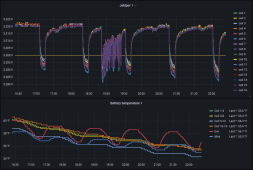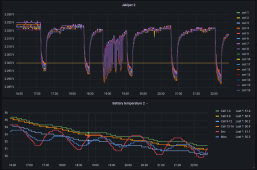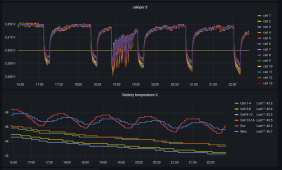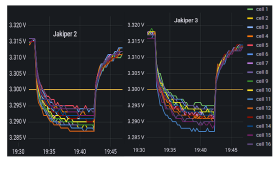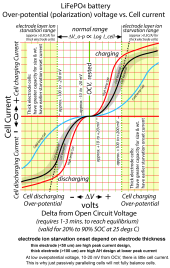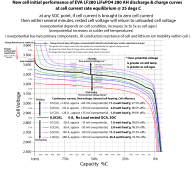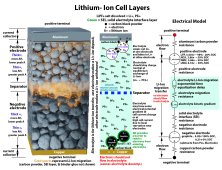I have three Jakiper JK48V100 48v server rack batteries. The cells differential goes far apart on charging. The video I made show how I interpret the data from the past 24 hours to see what is happening the all 16 cells in each battery pack. I am looking for feedback on my analysis and also on any charging remedies short of opening up the battery pack and charging each cell individually.
Since the Pace brand BMS ( also used in SOK batteries) can only handle a small current to balance the cells , I am thinking I will need to set a very low current half an amp or so and leave the battery to charge and hopefully balance over the course of days . The bms only balances the cells when certain criteria is met. The stock settings that the battery came with was to balance cells only above 3.5v and more than 20 ma differential between cells. Jakiper tech remote connected to my batteries and reset this to 3.3v and 20 mv differential after I initially discussed the problem with them. The balancing may have gotten a little better with the changes but is still way off.
I explain in the video why I think this is the case.
I welcome any discussion about this .
If anyone is interested in trying out the software I used it is available free with install instructions at following link. It should work for SOK server rack batteries too but no one has confirmed that to me yet. Since it Pylontech protocol it may also work with other brand bms that use that and have a console port.

 github.com
Thanks
github.com
Thanks
Since the Pace brand BMS ( also used in SOK batteries) can only handle a small current to balance the cells , I am thinking I will need to set a very low current half an amp or so and leave the battery to charge and hopefully balance over the course of days . The bms only balances the cells when certain criteria is met. The stock settings that the battery came with was to balance cells only above 3.5v and more than 20 ma differential between cells. Jakiper tech remote connected to my batteries and reset this to 3.3v and 20 mv differential after I initially discussed the problem with them. The balancing may have gotten a little better with the changes but is still way off.
I explain in the video why I think this is the case.
If anyone is interested in trying out the software I used it is available free with install instructions at following link. It should work for SOK server rack batteries too but no one has confirmed that to me yet. Since it Pylontech protocol it may also work with other brand bms that use that and have a console port.
GitHub - ClassicDIY/PylonToMQTT: Reads data from the Sage BMS console port and publishes to MQTT
Reads data from the Sage BMS console port and publishes to MQTT - GitHub - ClassicDIY/PylonToMQTT: Reads data from the Sage BMS console port and publishes to MQTT



